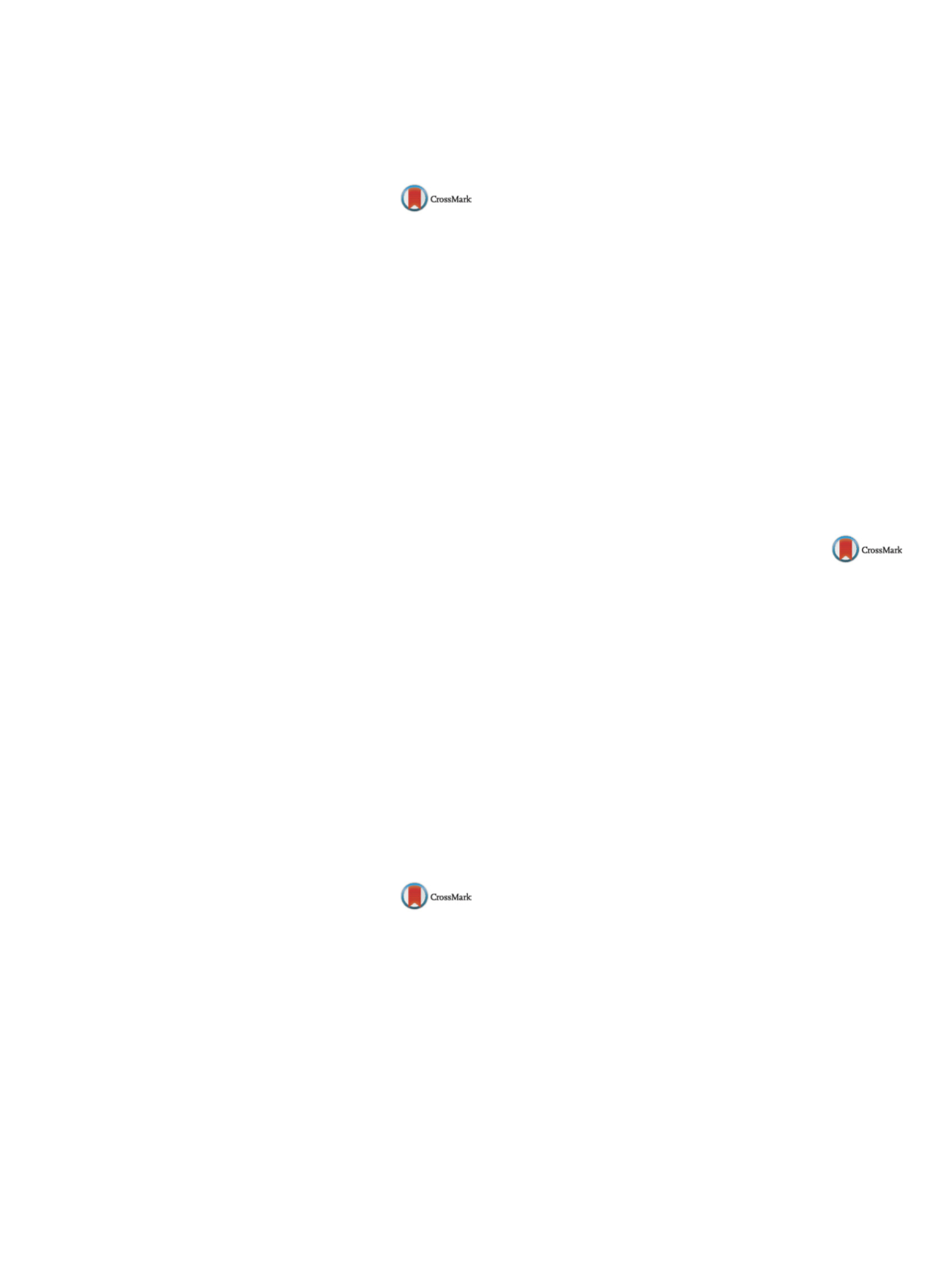

25th European Congress of Psychiatry / European Psychiatry 41S (2017) S847–S910
S887
Disclosure of interest
The authors have not supplied their decla-
ration of competing interest.
http://dx.doi.org/10.1016/j.eurpsy.2017.01.1796EV1467
Sociodemographic and clinical profile
in elderly suicide victims: 34 autopsy
case studies
S. Ellouze
1 ,∗
, I. Baati
1 , W.Ben Amar
2 , D.Trigui
1 , W.Abbes
1 ,S. Maatoug
2, J. Masmoudi
11
Hedi Chaker University Hospital, Psychiatry “A” Department, Sfax,
Tunisia
2
Hedi Chaker University Hospital, Forensic Medicine Department,
Sfax, Tunisia
∗
Corresponding author.
Introduction
The elderly suicide is a major public health problem
that is gaining more and more ground, given the aging popula-
tion problem. This has rarely been the subject of forensic studies in
Tunisia.
Objectives
To identify the sociodemographic and clinical charac-
teristics of elderly suicide victims over 60 years and to determine
what factors might increase suicide risk in this population.
Methods
We conducted a retrospective study on suicide victims
aged 60 and over, autopsied in forensic medicine department of the
Habib Bourguiba university hospital in Sfax (Tunisia), on a 10-year
period (January 2006–December 2015).
Results
We identified 34 cases with an average age of 66 years.
The sex ratio was 2.77. Suicide victims were alone in 38.2% of cases.
They were inactive professionally in 32.4% of cases. Almost half of
them(44.1%) had a psychiatric history, 40% of depressed pace, 26.7%
of bipolar disorder and 13.3% of schizophrenia.
Three main factors were identified as precipitating the passage to
suicidal act: family conflicts (26.5%), financial difficulties (11.8%)
and loss of autonomy (5.9%).
Suicide methods were hanging (50%), immolation and drug intox-
ication (11.8%), hit by train and poisoning (8.8%), jumping from
height (5.9%) and drowning (2.9%). In 55.8% of cases, suicide took
place at home.
Conclusion
Elderly suicide seems to be a huge but largely pre-
ventable public health problem. Its prevention is essentially based
on the identification of risk situations and the detection and treat-
ment of depression: major suicide risk factor in this population.
Disclosure of interest
The authors have not supplied their decla-
ration of competing interest.
http://dx.doi.org/10.1016/j.eurpsy.2017.01.1797EV1468
Resilience and attempted suicide in
depressed patients
E. Gattoni
1 ,∗
, C. Gramaglia
1, D. Marangon
2, A. Feggi
2,
C. Delicato
1, S. Di Marco
1, A. Venesia
1, P. Zeppegno
11
Università degli Studi del Piemonte Orientale, Traslational
medicine, Novara, Italy
2
AOU “Maggiore della Carità”, SC Psichiatria, Novara, Italy
∗
Corresponding author.
Introduction
Among the patients, 6.6% with past-year major
depressive disorders attempt suicide in their life. Resilience (the
ability to respond positively to adversity) and coping strategies
(the ability to manage living stresses) may be protective factors
against suicide ideation and behavior. A study conducted on 100
abstinent substance dependent patients suggested that suicide
attempters had significantly lower resilience scale scores. Other
authors demonstrated that intrinsic religiosity, resilience, quality
of life were associated with previous suicide attempts in depressed
patients
[1,2] .Aim
To examine the correlation among resilience, coping strate-
gies and sociodemographic and clinical characteristics in depressed
patients.
Methods
From December 1st 2014 to December 31st 2015
we recruited inpatients and outpatients aged > 18 years with a
diagnosis of depression (current or past). At baseline, patients
were assessed with Montgomery Asberg Depression Rating Scale,
Resilience Scale for Adult and Brief-COping with problems
experienced; sociodemographic and clinical characteristics were
gathered. Follow-up was conducted after 1 year in order to assess
the possible presence of further depressive episodes and suicide
attempts. Analysis was performed with SPSS.
Results and discussion
Data collection are still ongoing; results
and implications will be discussed. We expect to find higher
attempted suicide rates in patients with lower resilience and less
coping strategies.
Disclosure of interest
The authors have not supplied their decla-
ration of competing interest.
References
[1] Roy A, Sarchiapone M, Carli V. Low resilience in suicide
attempters. Arch Suicide Res 2007;11(3):265–9.
[2] Mosqueiro BP, da Rocha NS, Fleck MP. Intrinsic religiosity,
resilience, quality of life, and suicide risk in depressed inpa-
tients. J Affect Disord 2015;179:128–33.
http://dx.doi.org/10.1016/j.eurpsy.2017.01.1798EV1469
Observational study of suicide
attempts in a community mental
health unit
M. Guerrero Jiménez
∗
, C.M. Carrillo de Albornoz Calahorro ,
J.M. Gota Garcés
Santa Ana Hospital, Mental Health Unit, Motril, Spain
∗
Corresponding author.
Introduction
Concurrent with the recent global economic crisis
there is a rising concern about the effect of recession on suicide
mortality rates.
Aim
To record patients treated urgently in community mental
health unit of Motril, Granada (Spain) by attempted suicide.
Methods
Descriptive study recording patients treated urgently in
Motril community mental health unit who have done any suicide
gesture from February 2015 until December of that year.
Results
In total, 39 urgent assessments were recorded during the
observational period.
The month of highest incidence was November, with 6 visits fol-
lowed by August and October (5).
The most common method was voluntary drug intake.
Origin:
– 59% were remitted from the general hospital emergency depart-
ment;
– critical care and emergency ambulatory devices: 1;
– primary care: 10;
– another specialist: 2;
– own initiative: 2.
Discharge diagnosis:
– 35.8% individuals did not meet criteria for any mental disorder,
although some of themwere classifiedwith V or Z diagnosis accord-
ing to ICD-10 for making a reactive gesture to a emotional crisis,
couple breakups or economic problems;
– 11 of them meet criteria for various anxiety disorders, obsessive
compulsive and adaptative crisis.
Discussion
Knowing some peculiar characteristics in suicidal
populations as well as the most prevalent pathologies, it could
be adapted both the profile of nurse attendance and the type of
resources needed to ensure effective patient care.
Conclusion
Profile of patients attended for suicide attempt in an
outpatient setting in a semi-rural coastal area is variated. It is worth


















